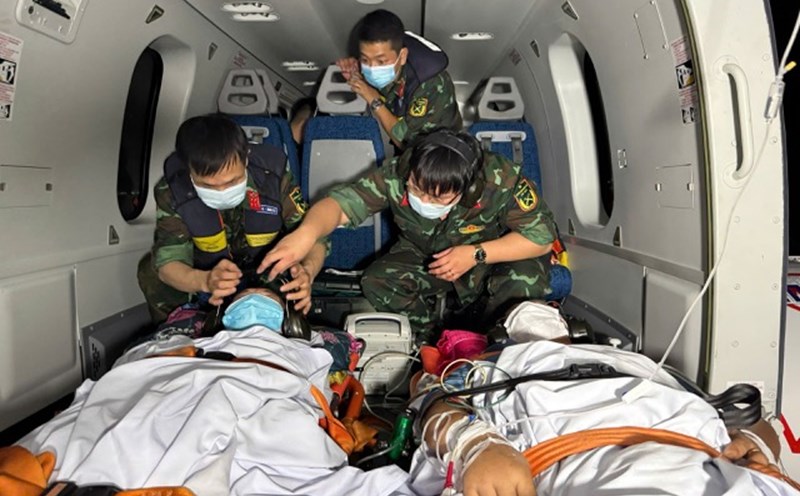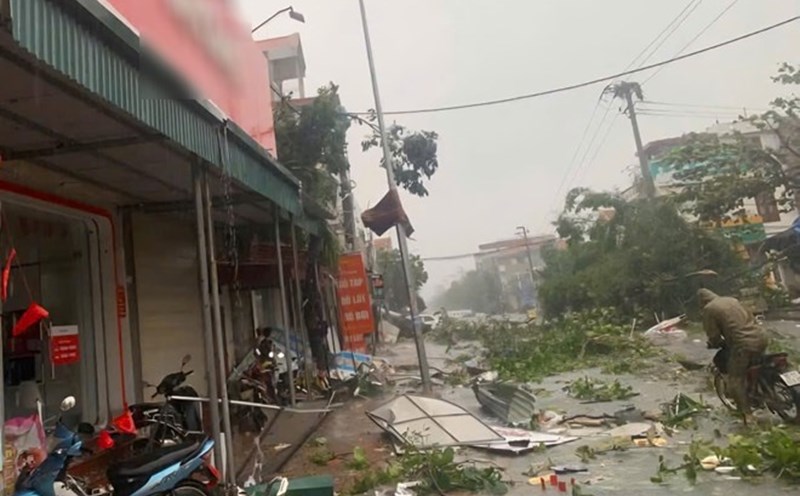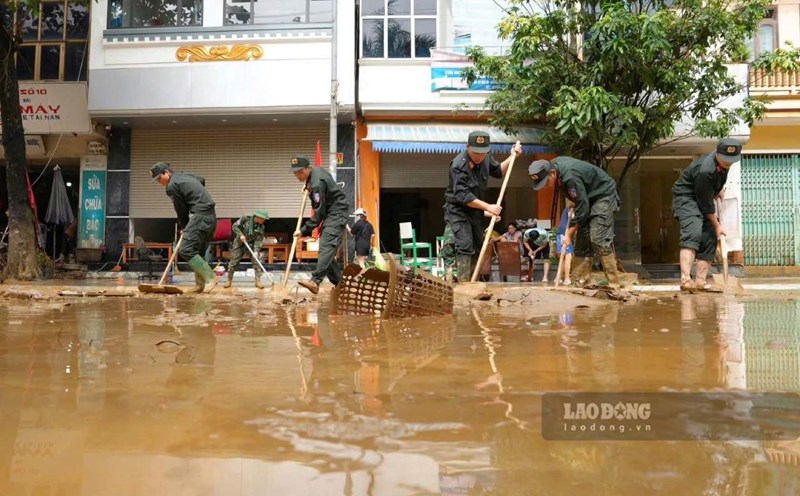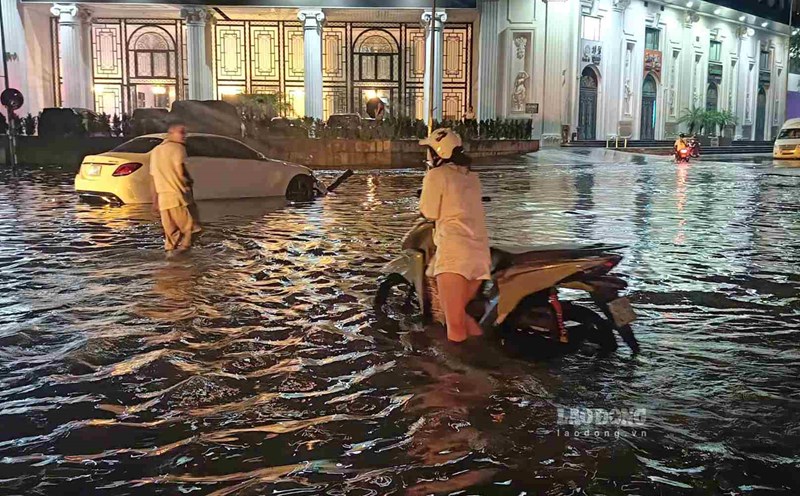To proactively respond to heavy rain, storms, and floods, the Department of Health Environment Management (Ministry of Health) has issued instructions on measures to ensure clean water, treat environmental sanitation, and manage medical waste.
Handling water wells after storms and floods
For offshore wells, even if covered with nylon or cover, the water can still be polluted. Therefore, it is mandatory to clean the well, remove sludge and disinfect it before using. In case the well is flooded and the water is cloudy, it is necessary to excavate, dredge mud or use a pump to clean, then make it in water with alum (50-100g/1m3) and disinfect it with products such as Cloramine B, Calcium Hypochlorite...
The principle is that after treatment, the well water must still have auro smell to ensure effective disinfection. If there are no chemicals, people should only use boiled water for more than 10 minutes.
For drilled wells, pump all the bulk water and pump for at least 15 minutes before using, and clean the pump and well floor.
Cleaning the environment, handling dead animals
After the water recedes, environmental sanitation must be carried out immediately to remove mud, clear sewers, and fill stagnant water. People need to dry clothes, clean houses, kill mosquitoes, insects and can spray insect-killing chemicals in high-risk areas.
In particular, the treatment of dead animals must ensure correct techniques: Border at least 50m away from water sources, at least 0.8m deep, sprinkle 2-3kg of lime powder or use disinfectant solutions before filling the soil. The burial area needs to be marked to avoid being dug up. After burying, the place where the animal was found had to sprinkle lime powder or spray disinfectants.
The Department of Health Environment Management emphasized that proactive treatment of domestic water, environmental sanitation and medical waste not only ensures safety for people in disaster areas but also prevents the risk of disease outbreaks after storms.











